Start of a Journey: Nagasaki’s Literature Museum by the Sea
The Christian author Endō Shūsaku (1923–96) published his masterpiece, Silence, in 1966. The book, with its themes of faith, religion, and cultures of East and West, has been translated into 13 languages and is read worldwide. A visit to the Nagasaki district that inspired this novel in 2023, the 100th year since Endō’s birth.
Hallowed Ground of the Hidden Christians
From outside Nagasaki Station, I took the bus for Sakura-no-Sato Terminal to the final stop, and then transferred to the bus for Ōseto/Itanoura. Finally, after a rocky 80 minutes on the coach, I reached the coast, with views of the wide-open seas.
My destination was the Endō Shūsaku Bungaku-kan (Endō Shūsaku Literary Museum), which sits atop a promontory overlooking the waters known as Sumōnada.
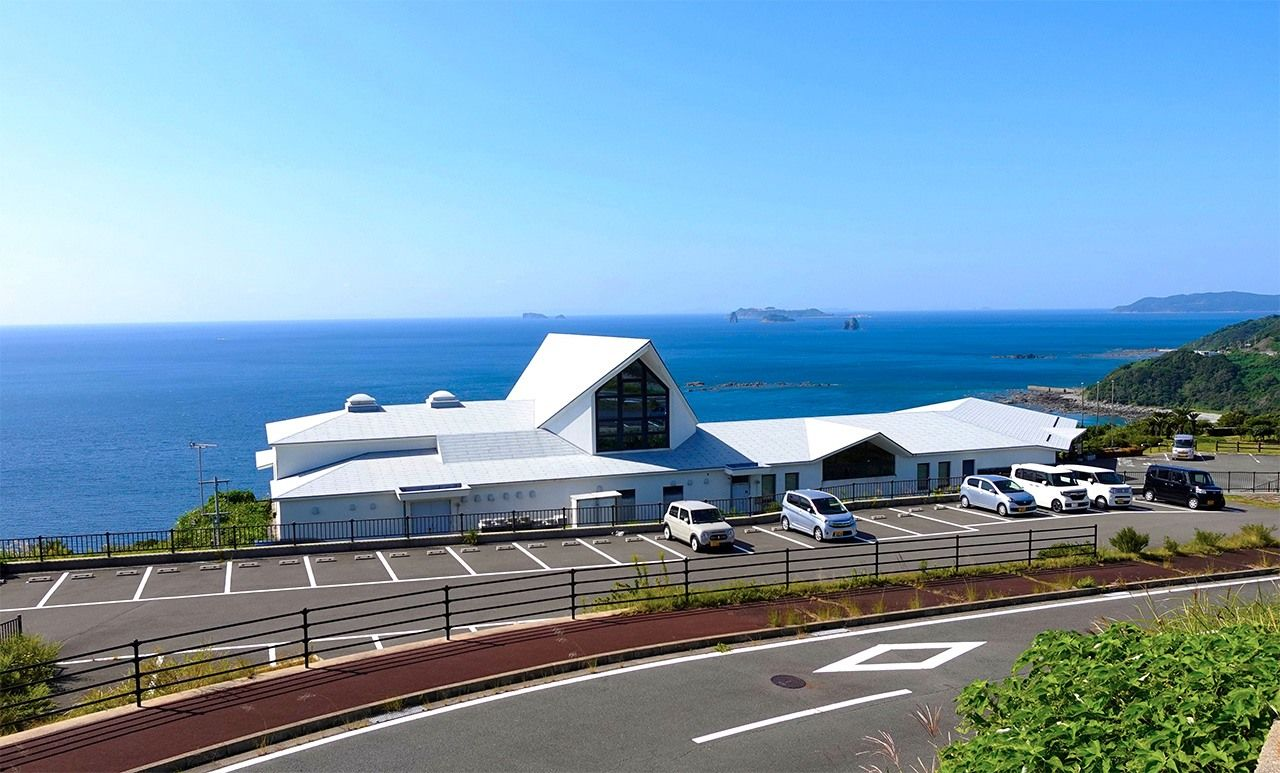
The Endō Shūsaku Literary Museum is located near the setting of the author’s novel Silence. It boasts one of Nagasaki’s best views of the setting sun. (© Amano Hisaki)
In Japanese, such waters are described as sotome, literally, “outer seas.” This coastal area in the northwest of the city of Nagasaki was a town known as Sotome until it was absorbed into the city in 2005. The districts of Shitsu and Ōno in Sotome are considered part of the Hidden Christian Sites in the Nagasaki Region, a UNESCO World Heritage site. The nearby hamlet of Kurosaki was the main setting for Endō Shūsaku’s best-known novel, Chinmoku (trans. by William Johnston as Silence).
As 2023 is the 100th anniversary of Endō’s birth, and 5 years after the aforementioned UNESCO listing, I decided to set out on a journey tracing the history of the hidden Christians, and chose the Literary Museum as the starting point. Its exhibits provide a succinct overview of both the author and his novel Silence.
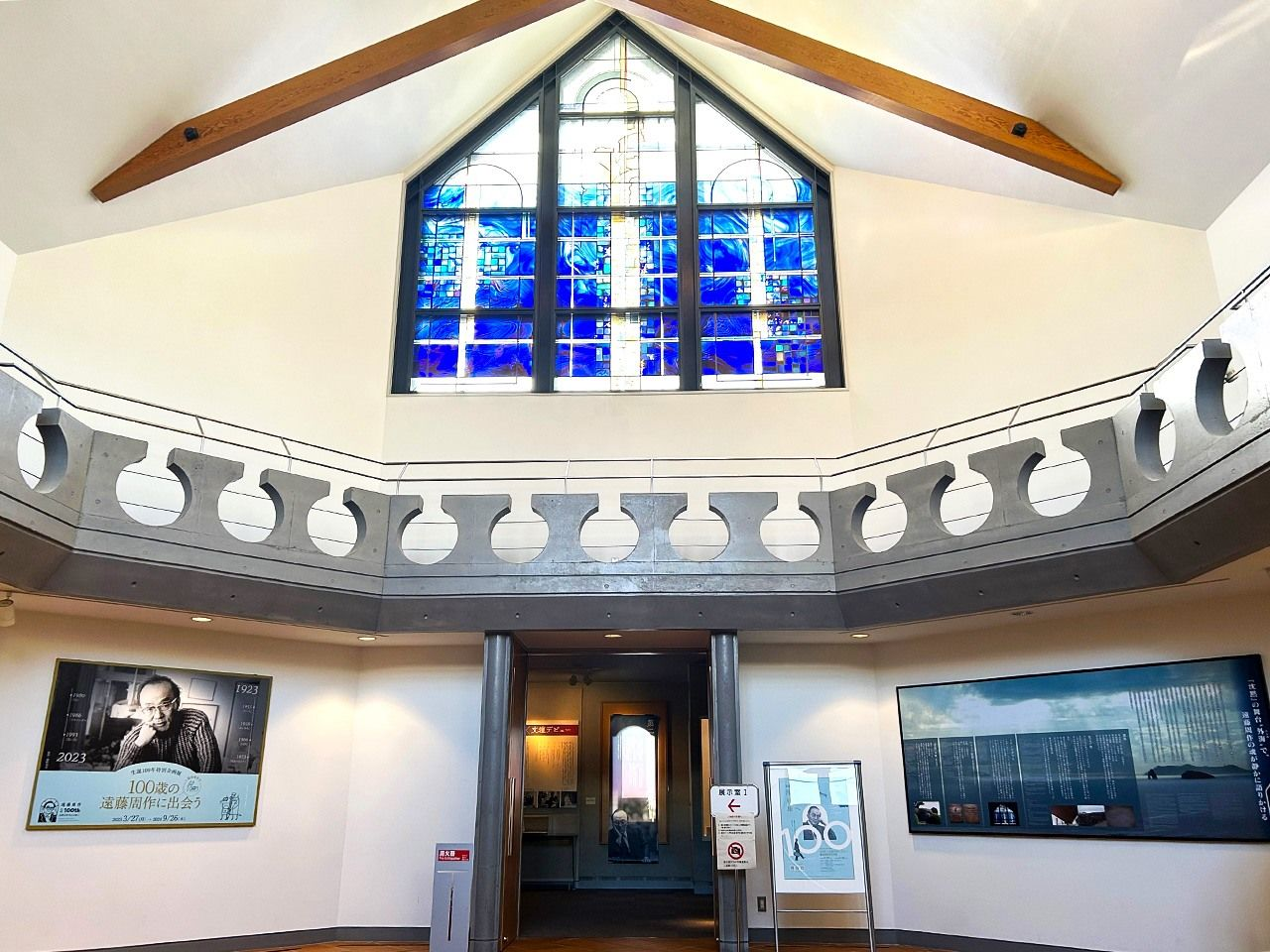
The museum’s entrance hall is reminiscent of a church interior. (© Amano Hisaki)
Ideas Conceived in a Hospital Bed
Endō Shūsaku was born on March 27, 1923, in Sugamo, Tokyo (in present-day Toshima). He spent his early childhood in Dairen in Manchuria, then under Japanese control, before moving to Kobe, Japan, where at age 11, he was baptized a Catholic together with his elder brother, receiving the Christian name Paul.
He studied French literature at Keiō University, and was among the first Japanese students to study abroad after World War II, spending three years at the University of Lyon, France. After his return, he made his debut as an author, with a collection of essays entitled Furansu no daigakusei (A College Student in France), shortly followed by Shiroi hito (trans. by Shimizu Teruyo as White Man), for which he won the esteemed Akutagawa Prize in 1955.
He quickly gained acceptance in literary circles, and married Okada Junko, his university junior. Both his public and private life appeared rosy. But he suffered a relapse of tuberculosis, contracted while studying in France. At 38, he underwent a series of lung operations and spent the next two years recuperating in the hospital.
Later, reflecting on this period, he wrote in a lengthy 1992 essay, “Chinmoku no koe” (The Voice of Silence):
"As I spent every day in a hospital bed, I pondered many things. Because I received a Christian baptism at an early age, naturally my thoughts turned to the Japanese people who believed in this Western religion, and their descendants. I wanted to explore this idea through the Japanese Christians in the Warring States period [1467–1568], so I acquired books about them to study while I recuperated. But at the time, I had no intention to write a novel about them. After I recovered, my first thoughts where to travel somewhere bright. I set off for Nagasaki, with the intention of enjoying some light sightseeing."
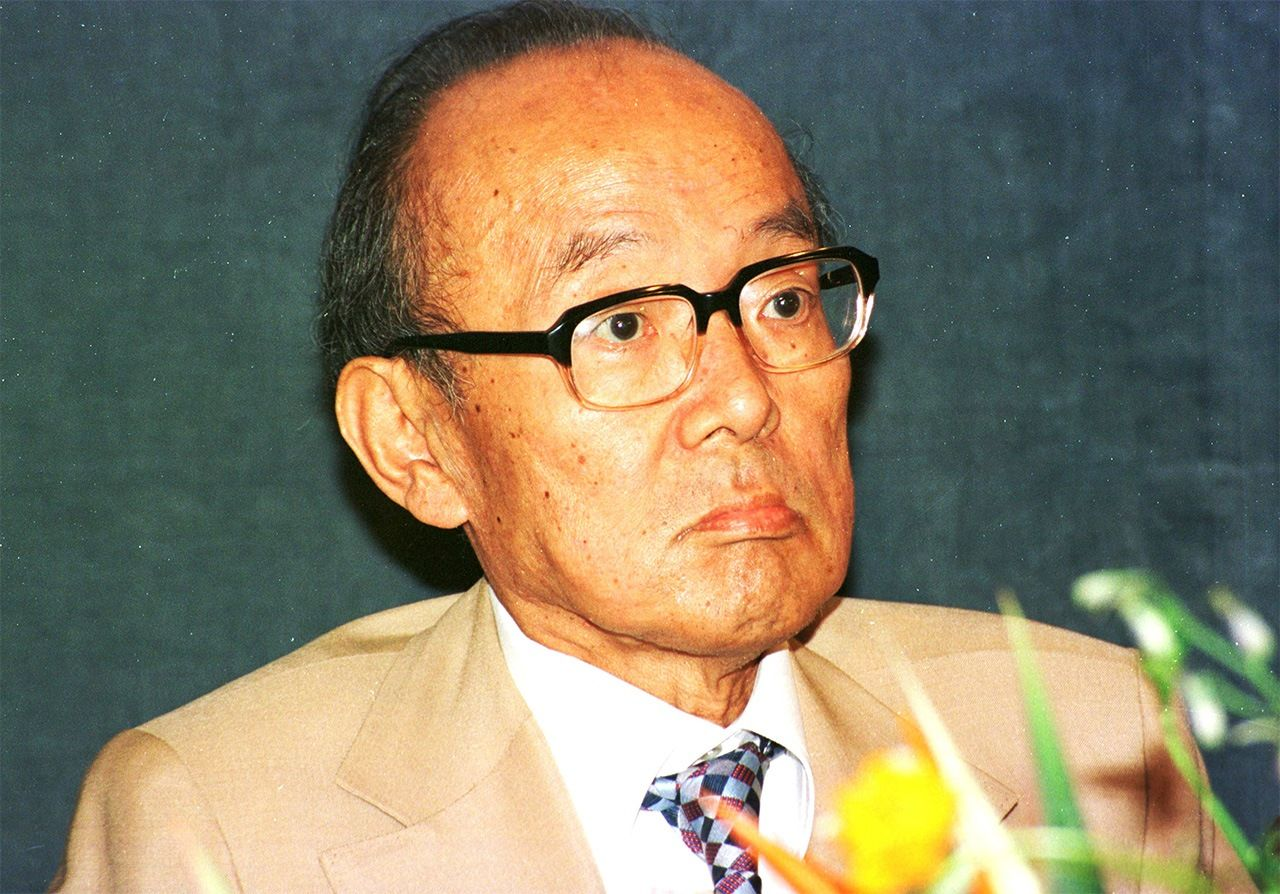
Endō Shūsaku in September 1994. (© Jiji)
Chance Encounter with a “Stepping Picture”
One early summer dusk, while visiting the Ōura Church, a popular tourist spot, Endō was walking up a side alley to avoid the crowds.
It brought him to a building labeled Jūrokubankan, meaning “Building 16,” apparently a reference library. He entered the Western-style timber building merely to kill some time, but it resulted in a chance, life-changing encounter with a metal plate image.
A wood-framed bronze plate bore an image of the Pietà, the scene of the Virgin Mary holding the dead body of Jesus after he was removed from the cross. The wooden frame bears the footprints of people who had been made to step on the image, known in Japanese as a fumie, literally an “image to trample.”
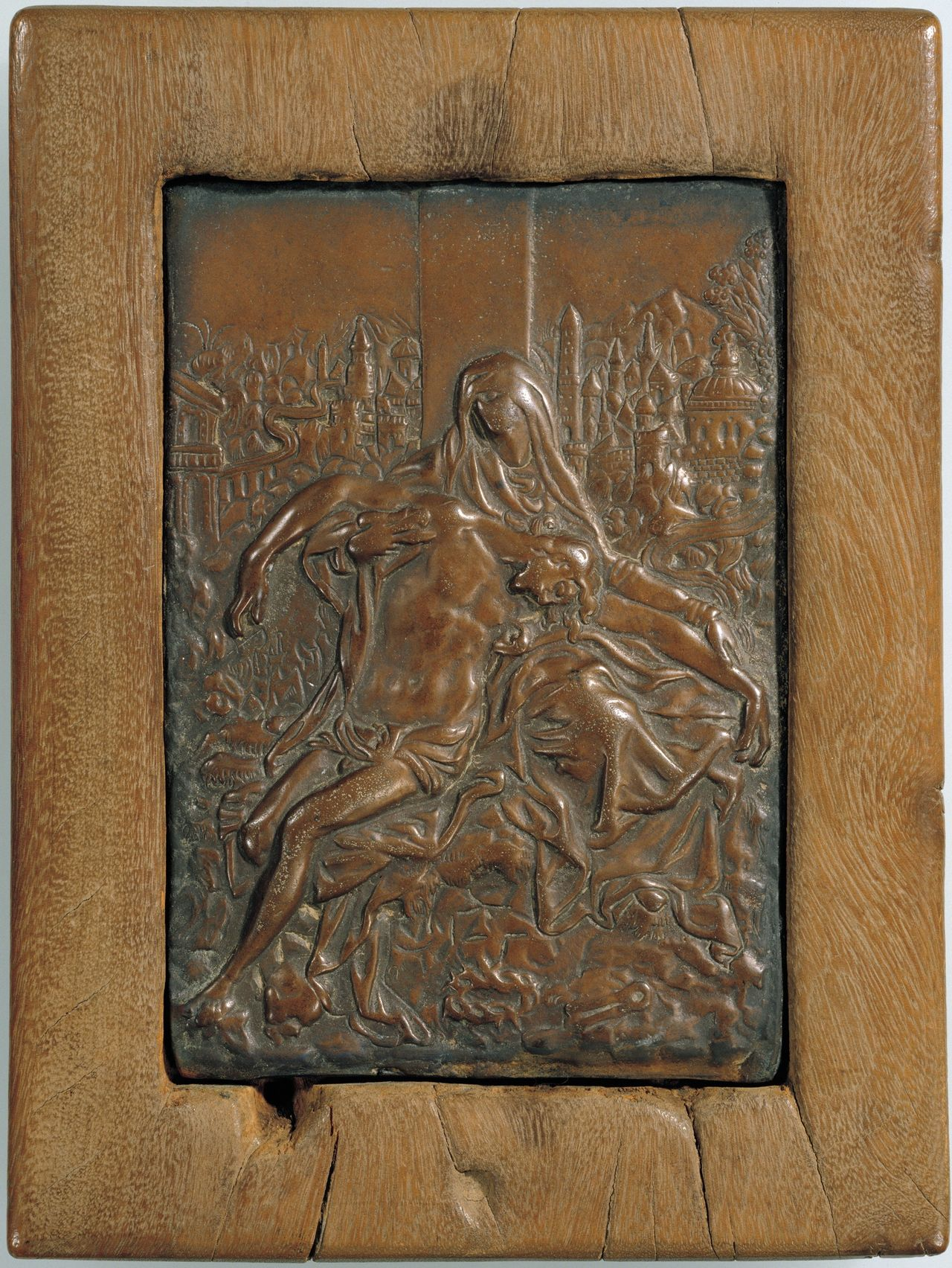
The fumie that inspired Endō Shūsaku to write Silence, an Important Cultural Property, in the collection of the Tokyo National Museum. (Courtesy ColBase)
Although Endō thought little about the fumie while in Nagasaki, he began to ponder it more after his return to Tokyo.
In “The Voice of Silence,” he writes:
"I would be walking through town or working, and the memory of the black footprints on the frame of the fumie would again spring to mind. There was no doubt that the marks were left not by one person but by many. As anybody would, I was curious about what kind of people they were. I wondered what on earth they felt when they were forced to trample upon their very beliefs. I grew up during the war, so of course, I witnessed many people abandon their ideals and beliefs only to die in warfare. All around me, I saw people who, due to physical coercion, readily relinquished their beliefs. For this reason, I could personally relate to the story of people forced to trample on a fumie. If anything, to me, it was a pressing matter."
Martyrs and Apostates: The Strong and the Weak?
Those who held fast to their convictions and their faith through all manner of persecution and torture, and who died as a result, are called martyrs, and are considered strong.
Yet while Endō felt awe and admiration for such people, he was drawn to the apostates, the weak “traitors,” who capitulated under the torture ordered by the shogunate, stepping on metal or paper images of Christ and Mary—and he contemplated the mixed feelings they would have held towards the martyrs: indebtedness, envy, or perhaps even hatred.
This brought him to the starting point for writing Silence, but he was soon to be disappointed.
"There are no church records concerning those people who, through their own weakness, renounced their faith and were not martyred. Although there are records of the strong believers, who kept the faith, the Church of the day mostly ignored the fate of the “rotten apples” who capitulated."
But Endō refused to give up. “Even the Church is reticent to discuss the apostates and they have been erased from history. But I felt that perhaps it was my calling as a novelist to resurrect them from this silence, and to present their sentiments.”
Endō inquired with Father Hubert Cieslik, a lecturer at Tokyo’s Sophia University and a leading researcher of the early Japanese Christians, and began attending his weekly lectures. As a result, he learned of four apostates of whom historical records remained. Thereafter, he revisited Nagasaki to continue his investigations, which led him to the character of Ferreira.
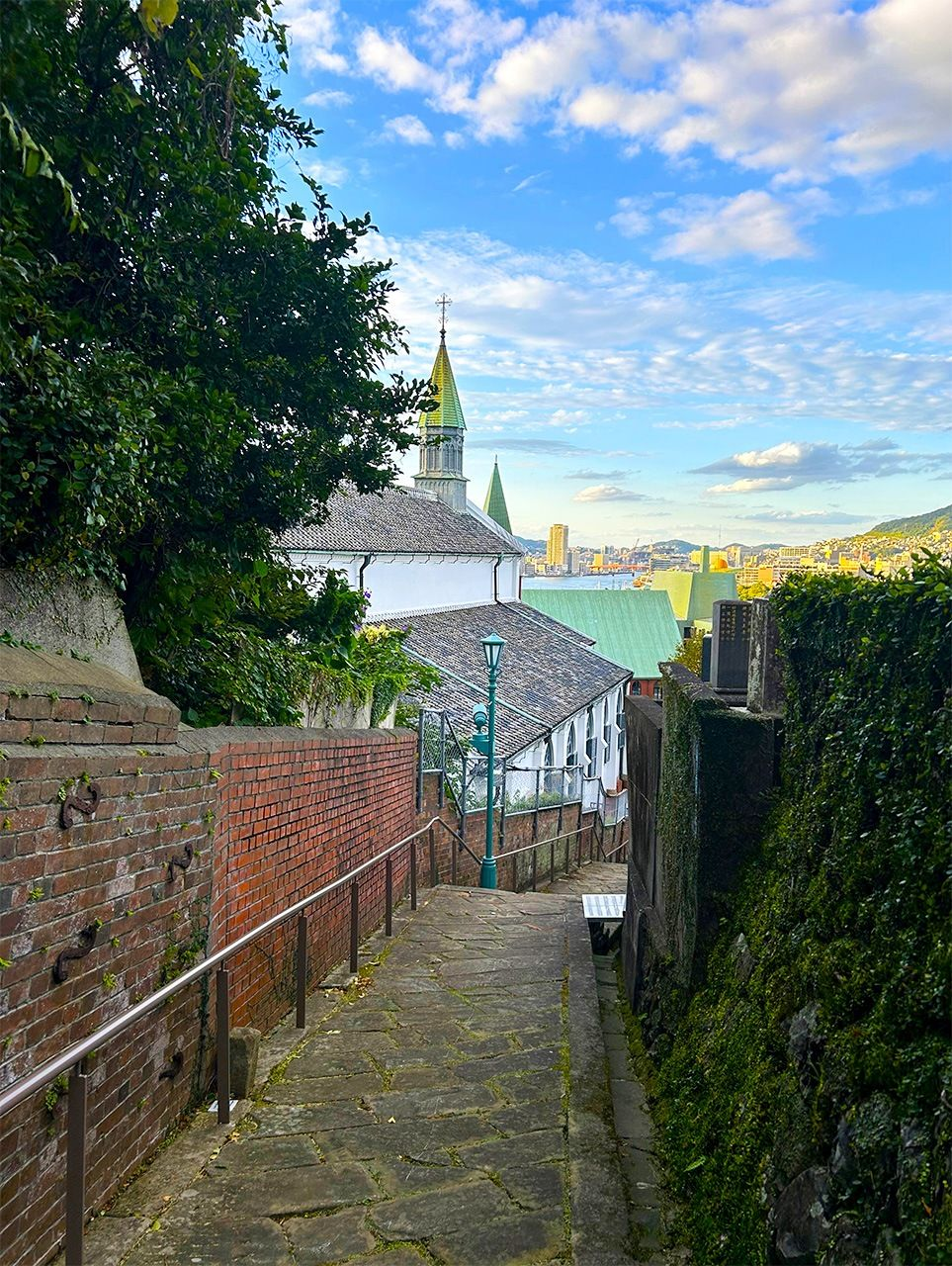
Endō Shūsaku’s favorite spot in Nagasaki: Kinenzaka, alongside the Ōura Church. He is said to have sat on the stone steps here contemplating his novel Silence. (© Amano Hisaki)
Cristóvão Ferreira was a Portuguese Jesuit priest sent to Japan. After the nation-wide prohibition of Christianity in 1614, he was considered a leader in missionary activities in Japan. But he was captured in 1633 and renounced his faith, unable to withstand repeated torture under the command of Inquisitor Inoue Masashige, the governor of Chikugo province. He changed his name to Sawano Chūan and worked as an official interpreter for the shogunate, cooperating in the investigation of captured missionaries and believers, whom he in turn encouraged to apostatize.
On the Brink of Martyrdom and Apostasy
At the time, rumors that Ferreira had capitulated to the shogunate’s torture reached the Asian bases of the Roman Catholic Church in Goa and Manila. But many of the priests and monks denied the rumors, and a number of young padres were dispatched to Japan to verify the matter. They too were captured, and Endō’s novel focuses its attention on the historical tale of their respective choices of martyrdom or apostasy.
The events took place shortly after the suppression of the Shimabara-Amakusa Rebellion of 1637–38. In the novel, Portuguese Jesuit priest Sebastião Rodrigues enters Japan secretly with the aim of finding the whereabouts of Ferreira. He reaches the village of Tomogi and meets hidden Christians, but is captured after betrayal by cowardly Japanese believer Kichijirō, and reaches the brink where he must choose between martyrdom and apostasy.
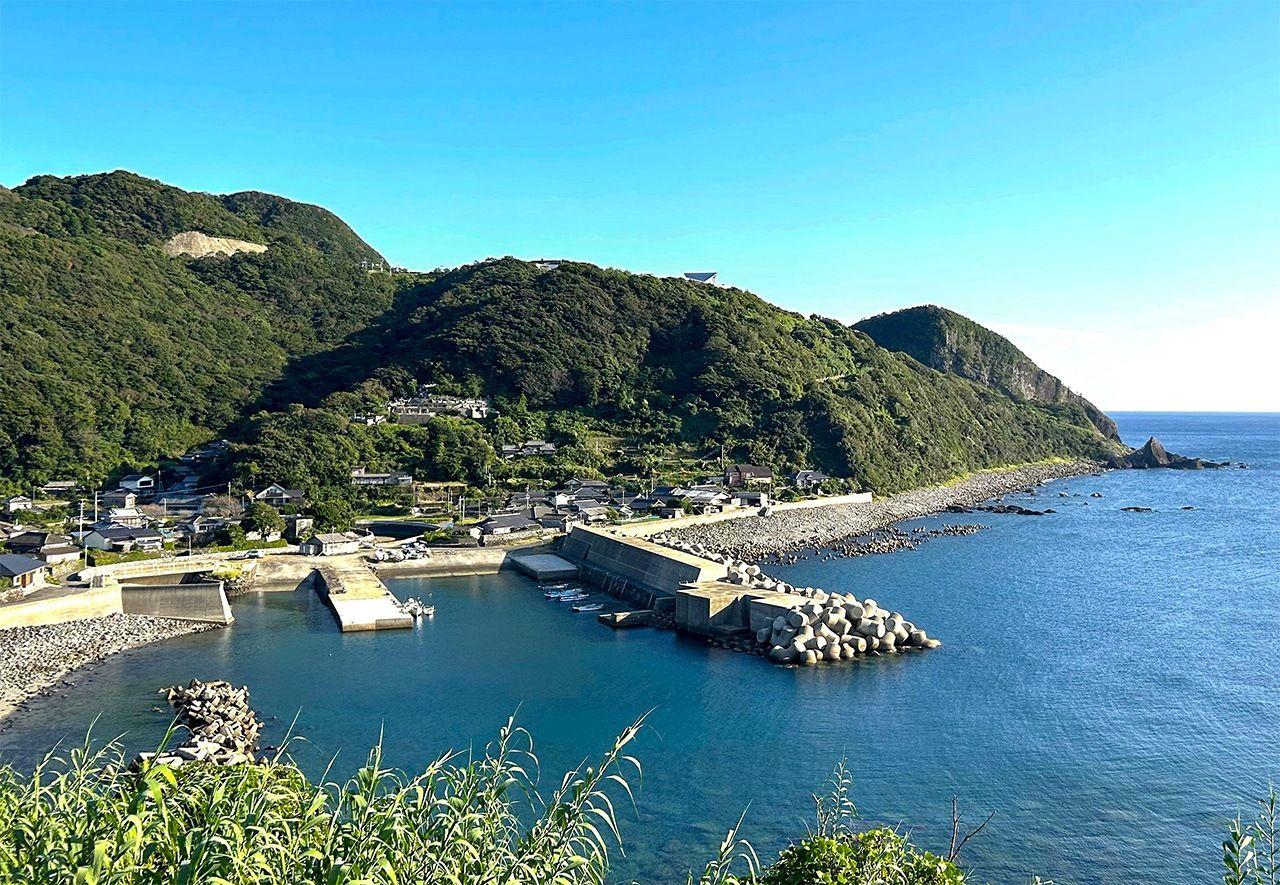
The village that was the setting for Silence in Sotome, now part of Nagasaki. (© Amano Hisaki)
Backlash from the Catholic Church
Chinmoku was published by Shinchōsha in 1966 and translated into English as Silence in 1969. To date, it has been translated into 13 languages and published in over 25 countries, and is widely regarded as a key work in Japanese postwar literature.
But the book was the subject of a fierce backlash from the Roman Catholic Church. It prompted debate as to whether priests had really trampled on fumie and was virtually banned in Nagasaki.
The permanent exhibition room of the Endō Shūsaku Literary Museum displays messages received from prominent figures from around the world for the 100th anniversary of the author’s birth. Among them, I discovered a message from Martin Scorsese, the renowned American director of the film Silence.
He grew up in a family with Sicilian heritage and, in his youth, had hoped to become a priest. Faith is an important theme in his work, and, deeply moved by the book Silence, he harbored a deep desire since the late 1980s to produce a film version. He hoped to be as faithful as possible to Endō’s message and, after almost three decades of effort, finally saw the film released in 2016.
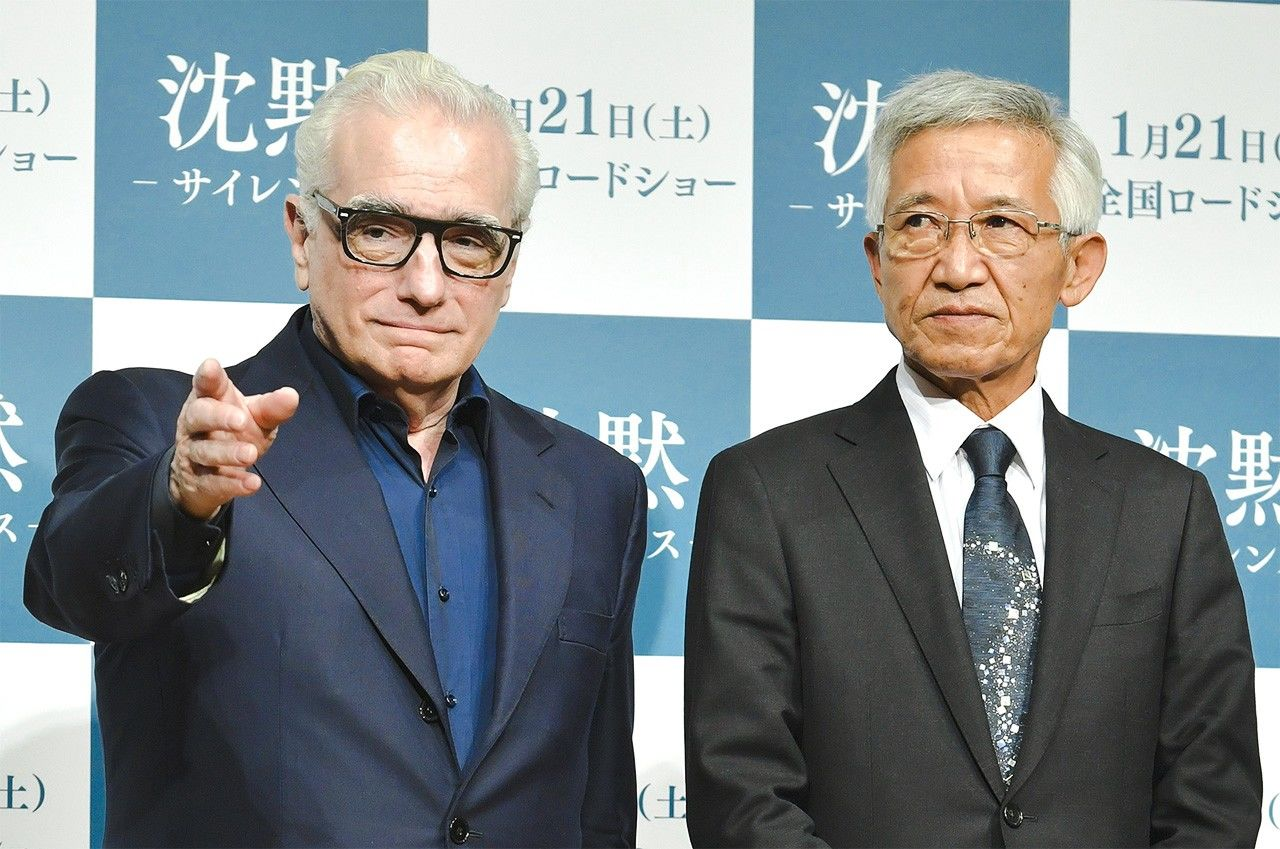
American director Martin Scorsese (left) with Murakami Shigenori, a descendant of hidden Christians, at a January 2017 press conference held in Tokyo for the Japan launch of the film Silence. (© Jiji)
Reflections as the Sun Sinks into the Sea
Before I realized, the museum had closed. But there was one last place I wanted to see before I left—Enchanté, the space for reflection attached to the museum.
Entering the space, one is met with a glorious view of the wide ocean through the giant windows.
The museum, which displays favorite items, belongings, original manuscripts, and the book collection of Endō Shusaku, opened in May 2000, four years after he passed away in 1996, to present his life and work.
Endō adored Sotome, with its unique culture and history, and came back numerous times even after the publication of Silence, describing it as “a place that God set aside for me.”
He was particularly fond of the Sumōnada sunset, and now, museum visitors can enjoy the same sight from the comfort of the sofa chairs in the lounge space.
I was blessed with totally cloudless skies. Moment by moment, sunset drew nearer. Watching as the sun emblazoned the horizon in golden hues, I thought how the beauty of this sunset has not unchanged in 400 years. I wondered what went through the minds of Ferreira, Rodrigues, and Sotome’s hidden Christians—what they prayed for—as they witnessed this view at the end of each day.
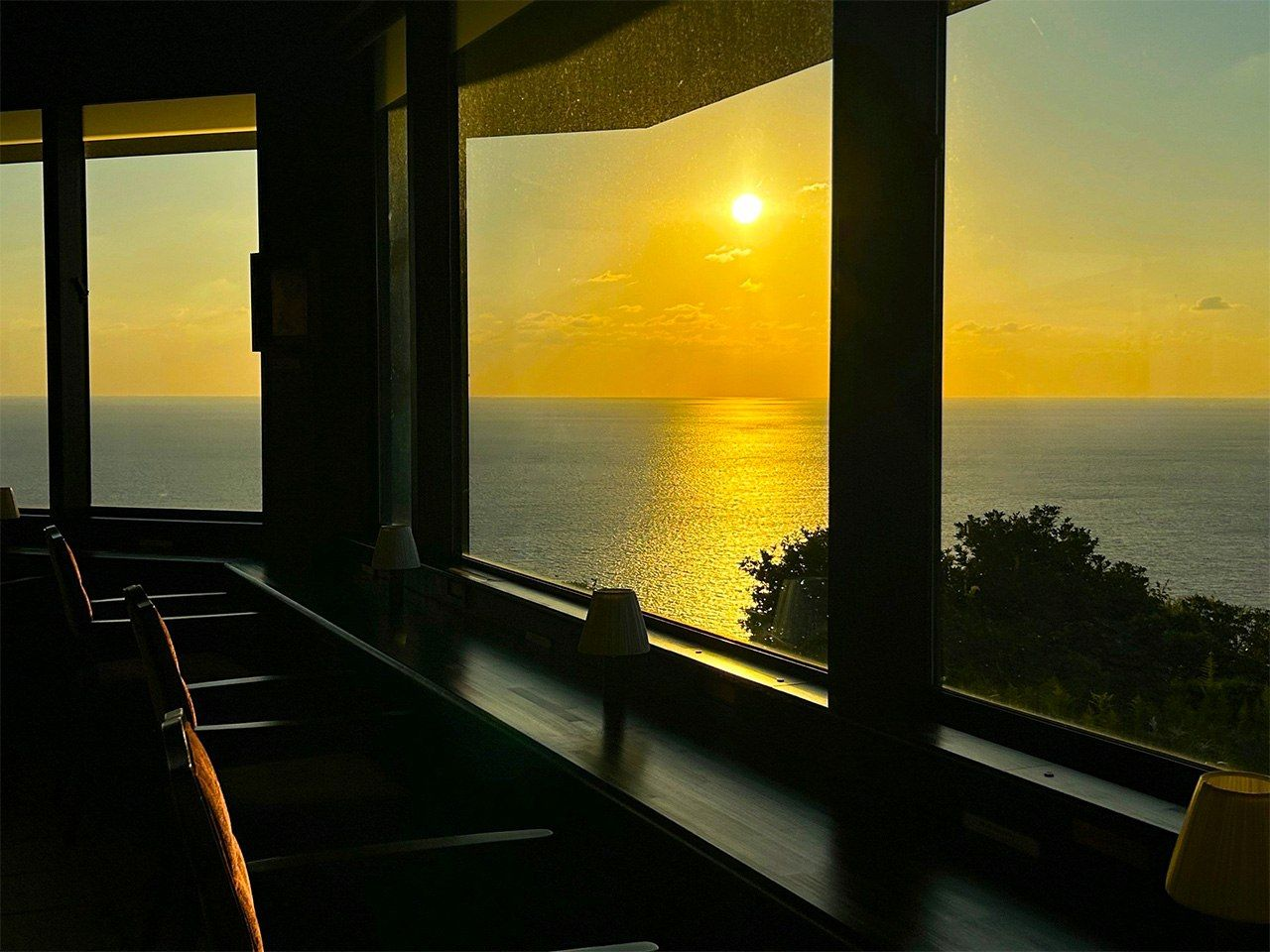
The sun sets over Sumōnada, viewed from the lounge room of the Endō Shūsaku Literary Museum. Endō once said, “This sea stretches all the way to Portugal.” (© Amano Hisaki)
Source: Nippon

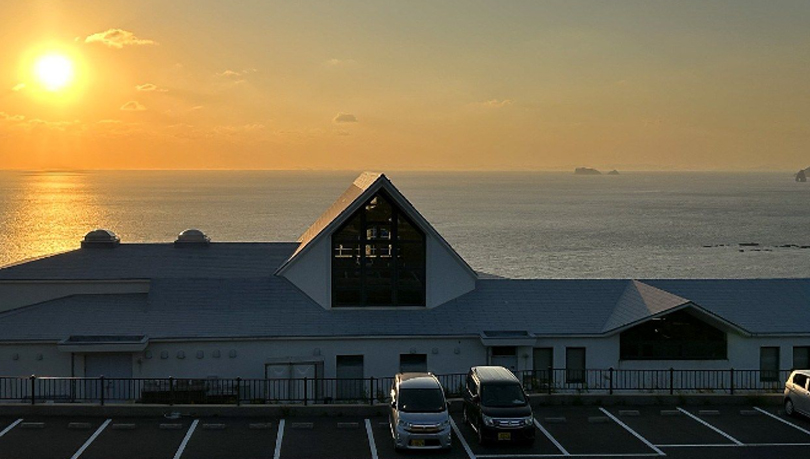

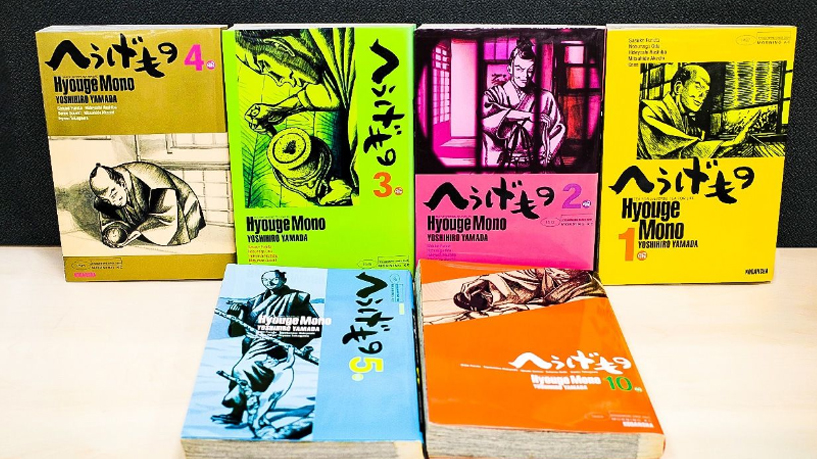


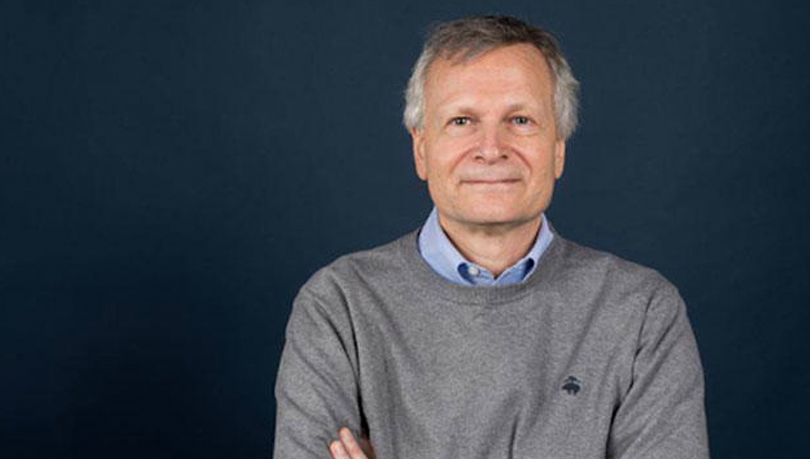
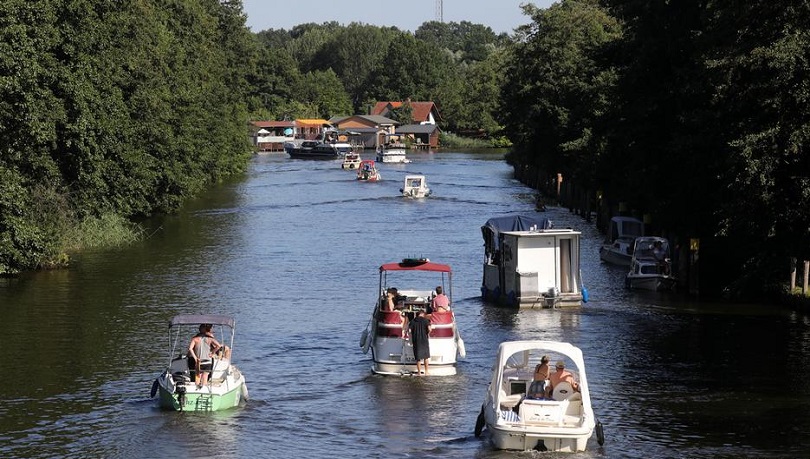
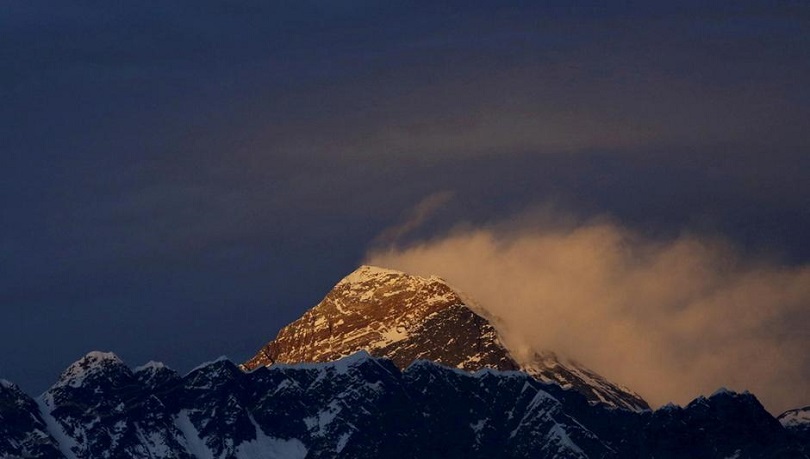

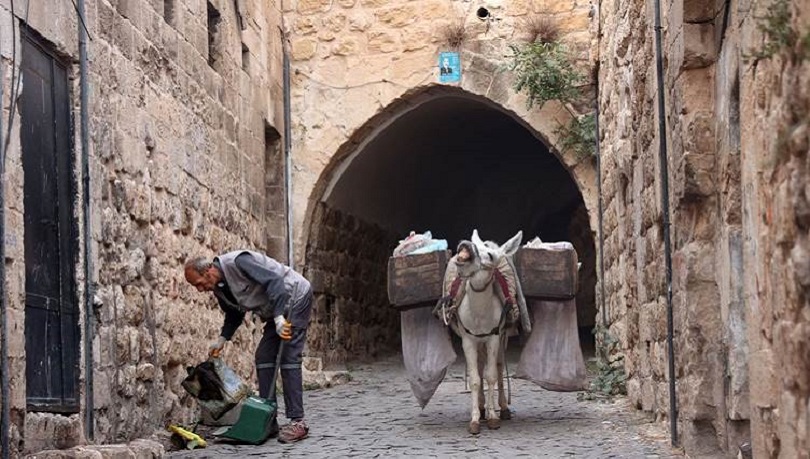
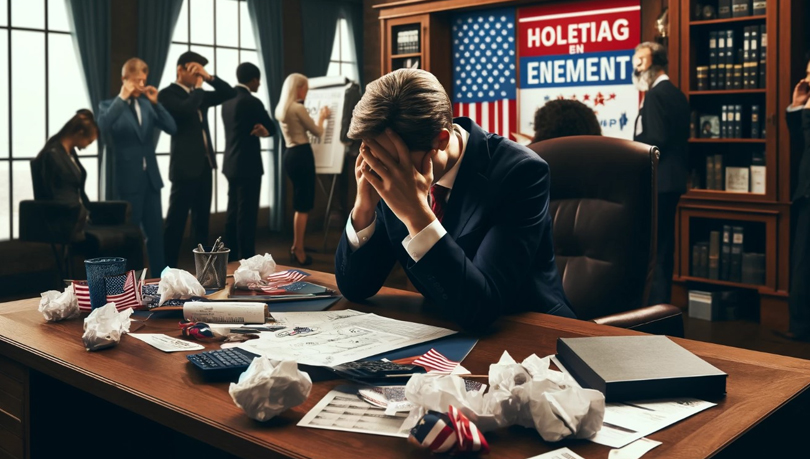
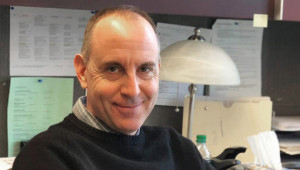

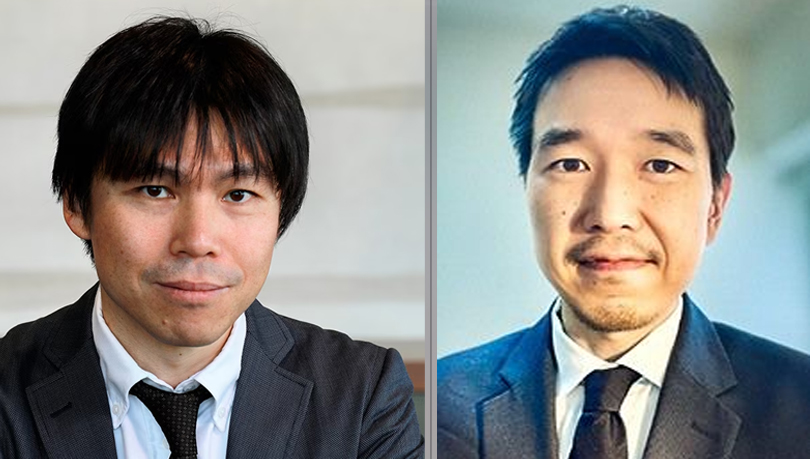
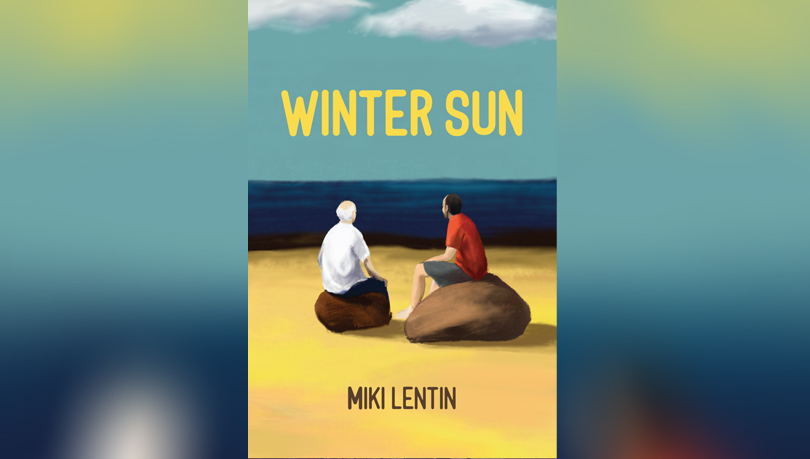
0 Comments